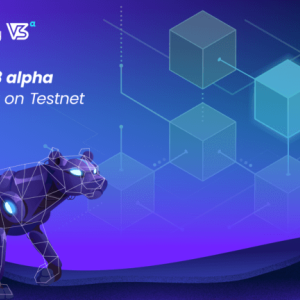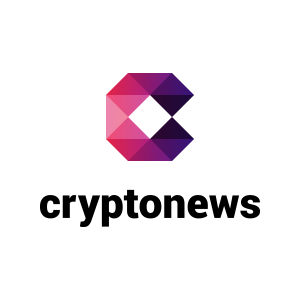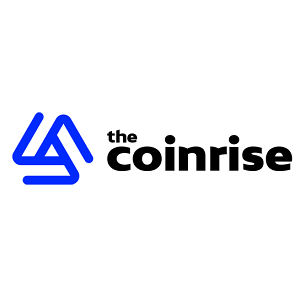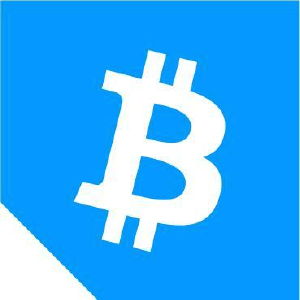OVR has successfully completed the first phase of its two-phase migration to the Polygon Network. The move began in January and has already shown promising results for the project, with the second phase to be deployed in February. It announced that it has transferred the Merkle Proof and minting functions from the Ethereum network over to the Polygon network, allowing for NFT minting at low fees. Furthermore, OVR also announced that Polygon network payments have been added to the Ethereum and BSC network payments currently available to users in the primary market. This will greatly decrease transaction costs while providing a higher scalability potential for the metaverse project. But Why Polygon? Ethereum may be the leading smart contracts platform in the crypto space but there is no doubt that it is an overcrowded and oversaturated network. This high demand on the network, coupled with the network’s inability to scale properly to accommodate its growth, has led to recurring scalability and fee issues, which happen to be some of the highest in space. In light of these problems, OVR, a project initially built on the Ethereum network, has had to move operations to the Polygon network which can accommodate its growth and provide low transaction/minting costs for its users. The high rate of adoption of the Polygon blockchain and its closeness to the Ethereum network also helps to dramatically reduce the risk of ending up in “ghos...











